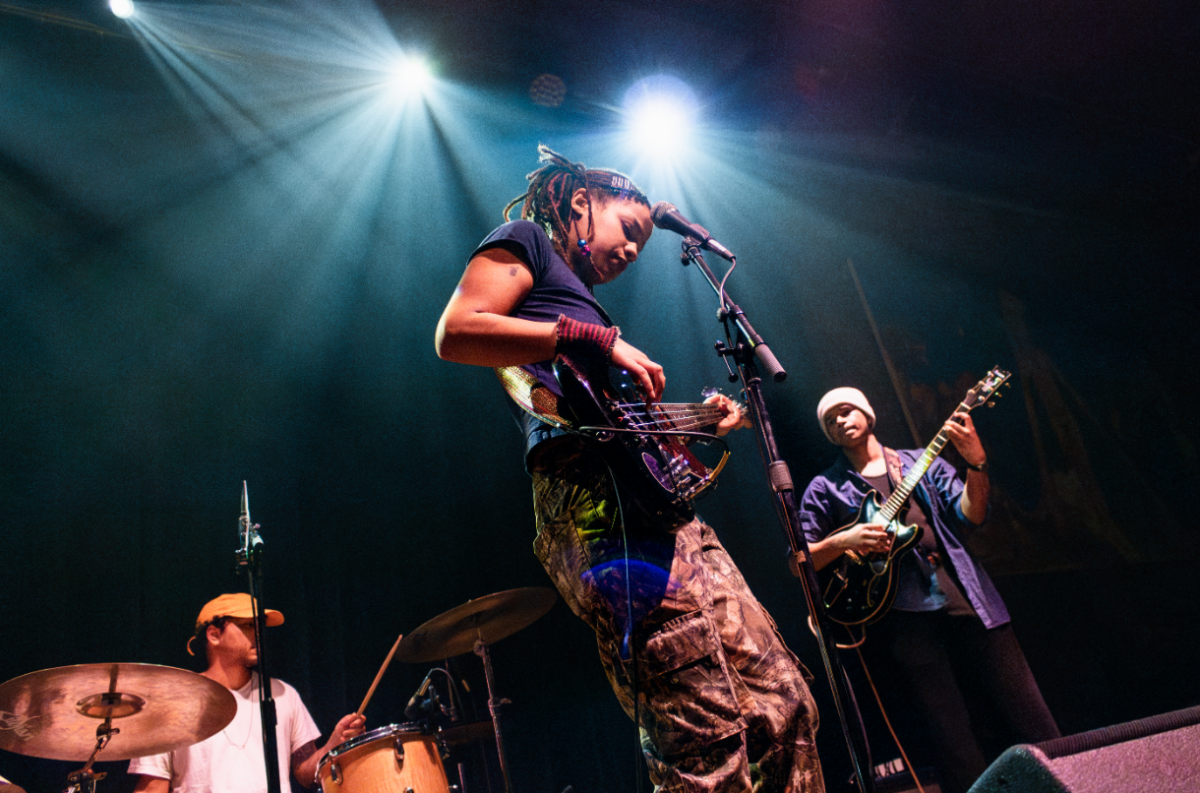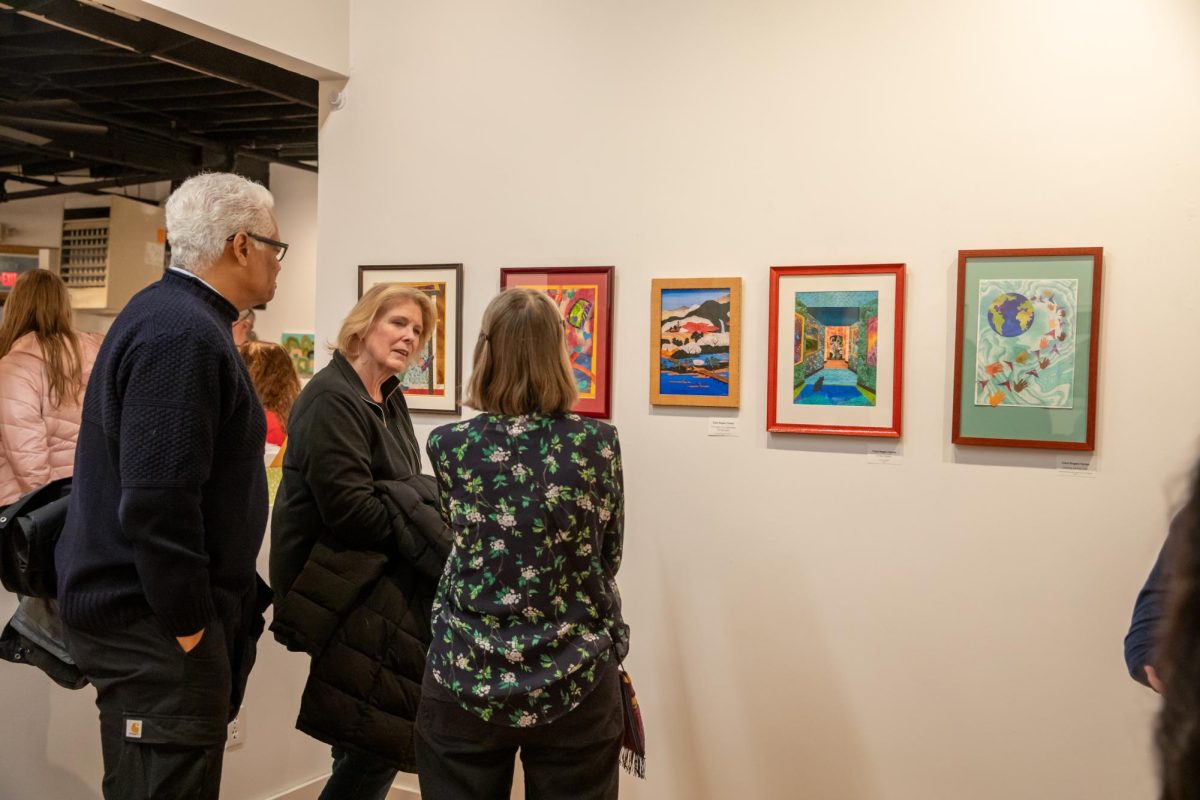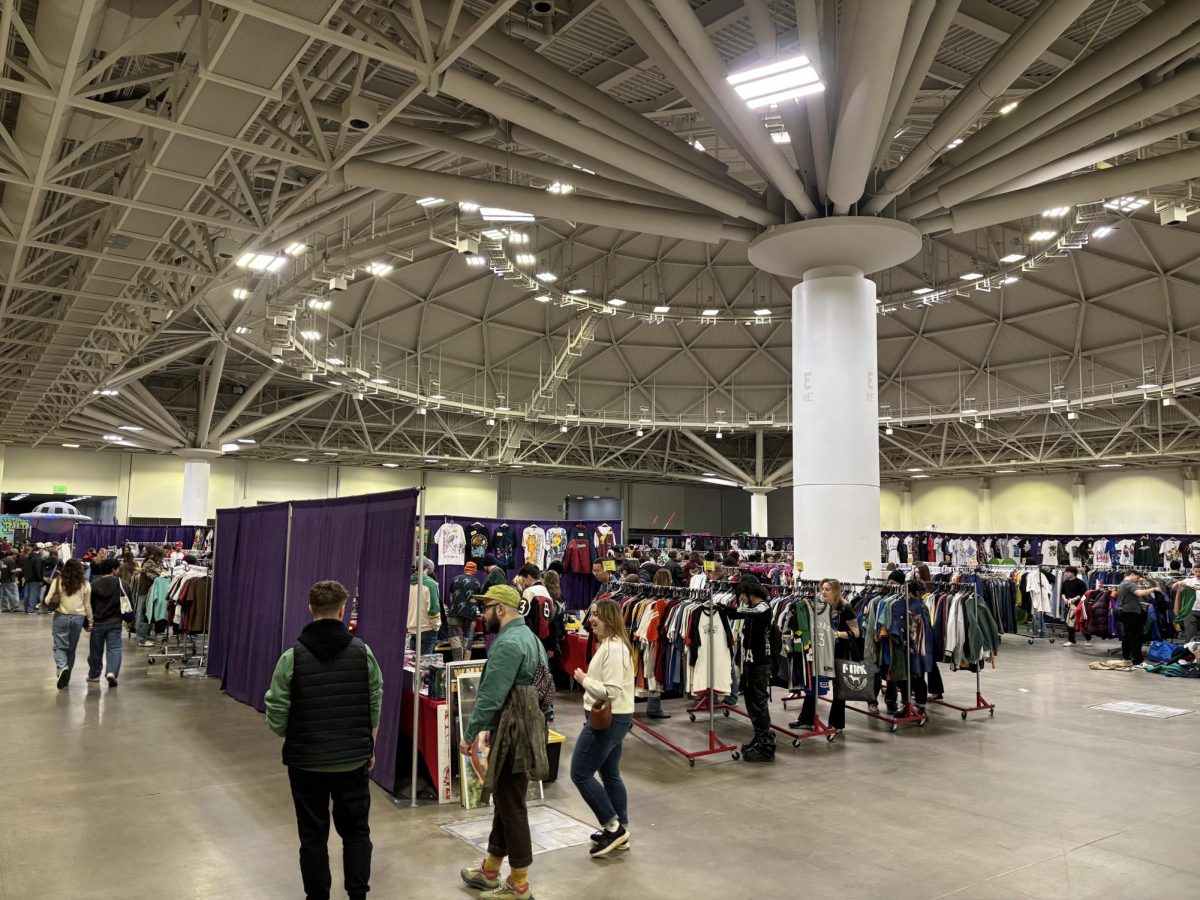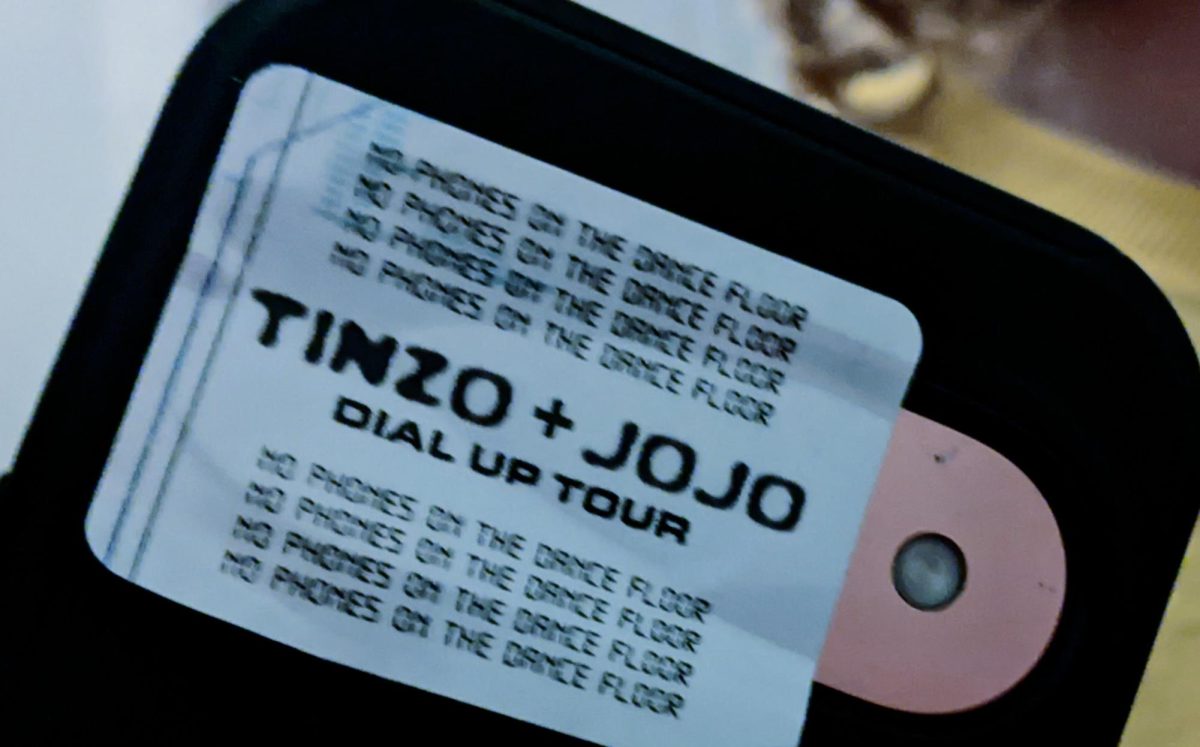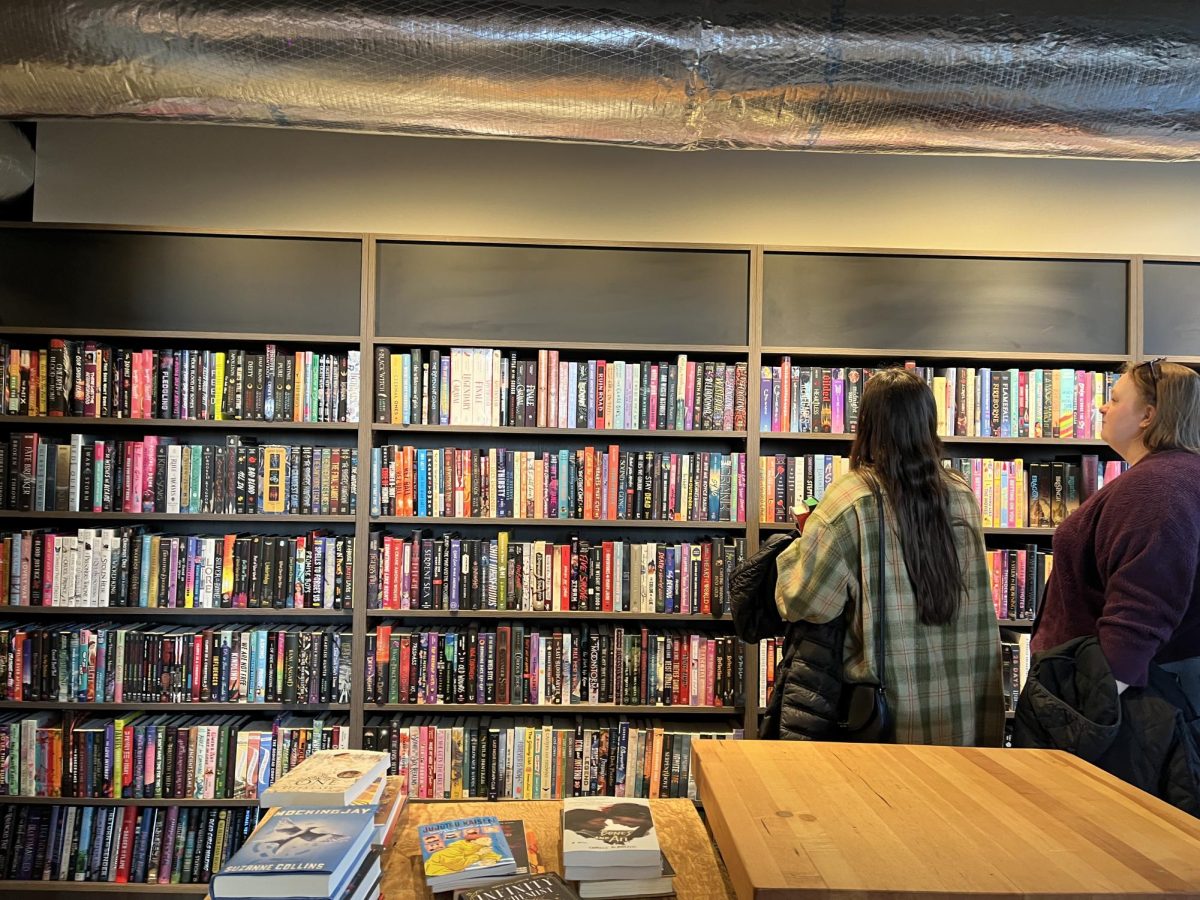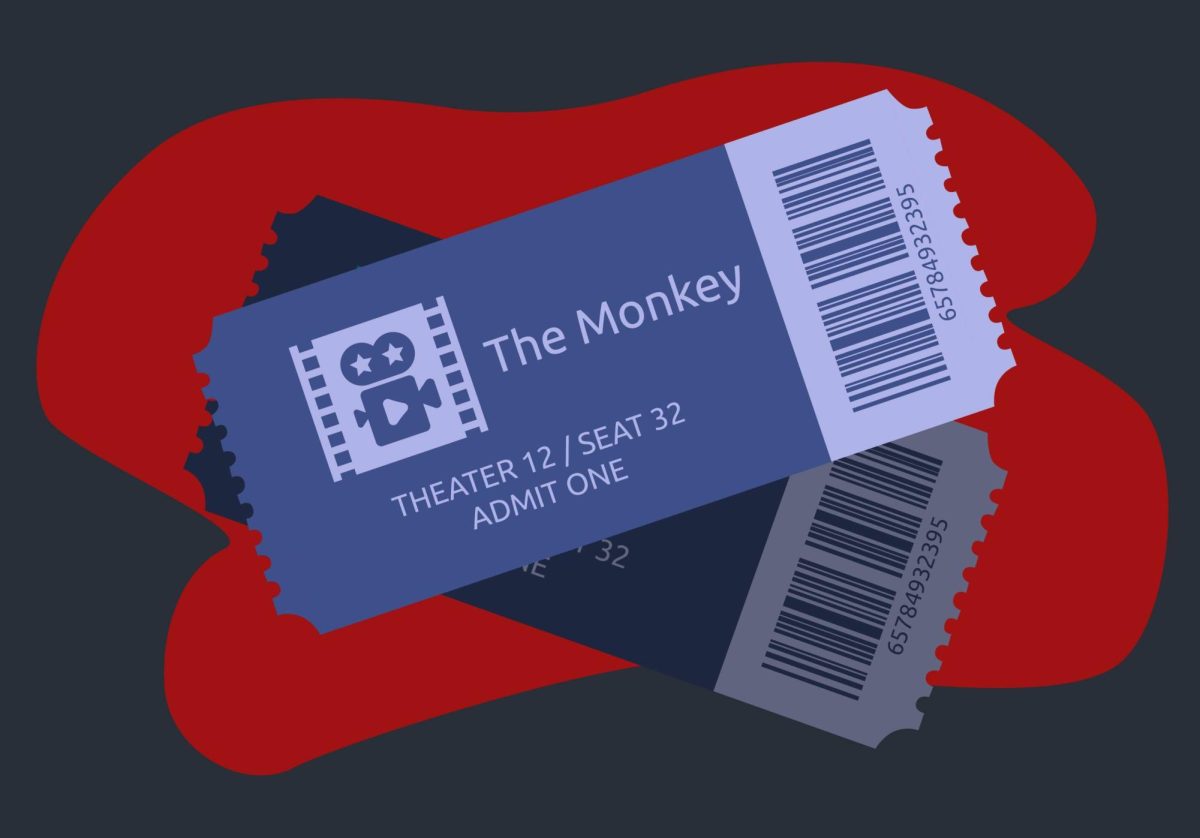In the realm of the collective pop consciousness, Carnival seethes out of a dungeon of kitsch oddities, soured perversions of arcadia and fleshy gobbledygook. It is a site where fantastical notions of play collide with seedy, dangerous underbellies and washed up pollutants of commodity culture. But within the effervescent memories of ho-dunk carnie icons like Lobster Boy and the Bearded Lady, or the wheezing of a rusted Tilt-A-Whirl or even the nostalgic crackling sizzle of deep-fried mini doughnuts, the real tradition of Carnival – as a celebration of community, visceral corporeality and subversive merriment – tends to get lost in the ether.
WHEN: 1 p.m. Sunday
WHERE: Along Bloomington Avenue South, Minneapolis. Begins at 25th Avenue East and goes down to 34th Avenue East. The parade then heads West on 34th Avenue and ends with a celebration at Powderhorn Park.
However, every year at In the Heart of the Beast Puppet and Mask Theatre in South Minneapolis, dozens of community artists and volunteers paint, hammer and papier-mâché gargantuan puppets, masks and cardboard floats in preparation for their annual MayDay Parade.
Now in its 33rd year, the MayDay Parade has been an inspiration to communities the world over for their blend of Carnival, camaraderie and community-based art and theater.
On a muggy Saturday morning, a week before the parade is scheduled to take place, an ad hoc circus has officially begun at In the Heart of the Beast’s Lake Street venue. The auditorium has been gutted of its seats and the whole stage and surrounding areas have been transformed into a workspace for about 100 little helpers, from crumb-munchers to senior citizens to University students.
The space – now an oceanic landfill of oblong, half painted, 10-foot-tall puppet heads – takes on a lifeblood of its own as paint splatters hurl toward the ceiling and newspaper shards scuffle under moving feet. Recycled plastic bottles are set up at one makeshift station. At another, translucent, pink jellyfish and looming cardboard lily pads rest against stage equipment. This year’s theme is “Somos Agua,” or “We are Water,” for the non-Spanish speakers.
The parade, which moseys southbound down Bloomington Avenue and ends with a “Tree of Life” festival in nearby Powderhorn Park, splits into five sections that center around the theme of water as a shared resource and the subsequent issues of water preservation and privatization. There’s even a free-speech section at the parade’s caboose, where anyone can join in.
The first section, simply entitled “Water,” contains a sampling of large marine-life animals, including two ancient turtles; a homage to the myth of the giant turtle, and the turtle hospital – rumored to live at the bottom of Powderhorn Lake.
The second section, “All Life Begins in the Water,” is a true-blue devotion to the amniotic sac. A big baby float is part of this section, as is a mermaid-like water goddess.
“Water Works” is the third section, which will consist of a huge web of water pipes.
The fourth and fifth sections, “Are You Thirsty” and “One River, One Bowl, Two Hands, One Soul,” respectively, are both dedicated to the future of our earthly relationship with water. “Are You Thirsty” parodies diabolical corporate water interests. The latter celebrates water’s life-giving properties. A huge blue mask with flowing watery tentacles leads the section, as does a large paper polar bear.
Misty Wood, a 29-year-old woman from Cornwall, England, smiled as she put the finishing touches on a dragon head. The parade’s collective effervescence lured her in from all the way across the pond.
“It’s a way of visual storytelling,” Wood claims. “It’s a gentler way to get across thorny issues.”
Emily Umentum, a Muralist and comparative literature senior at the University, has dived, hands first, into a viscous bowl of lumpy flour water.
She’s been making huge turtle paws out of papier-mâché for the parade, as well as a sampling of other aquatic creatures.
“I made a fish head today,” Umentum proudly exclaimed.
According to Umentum, Carnival is alive and well within the spirit of MayDay. The Sunday spectacle is full of extravagance, satire and other transgressions. And ultimately, it’s deliciously oppositional and fun.
“There’s going to be kids cavorting all over the place. There’ll be people on stilts. There will probably be jugglers. The element of masquerade will be really important,” Umentum said.
The parade is a home-grown, organic community effort, with no corporate sponsor and no lavish, plasticized ornamentation. And they manage to parody and poke fun at corporate privatization without undermining the severity of the problem.
The puppets and flamboyant parade objects have surprisingly humble origins – most are made from recycled materials, from Aquafina bottles to brown sacks from Rainbow Foods.
In Carnivals and MayDay parades alike, it’s all about the DIY ethic. “In consumer culture, you can be whatever you want to buy,” Umentum explained. “In this parade, you can make whatever you want to be.”


